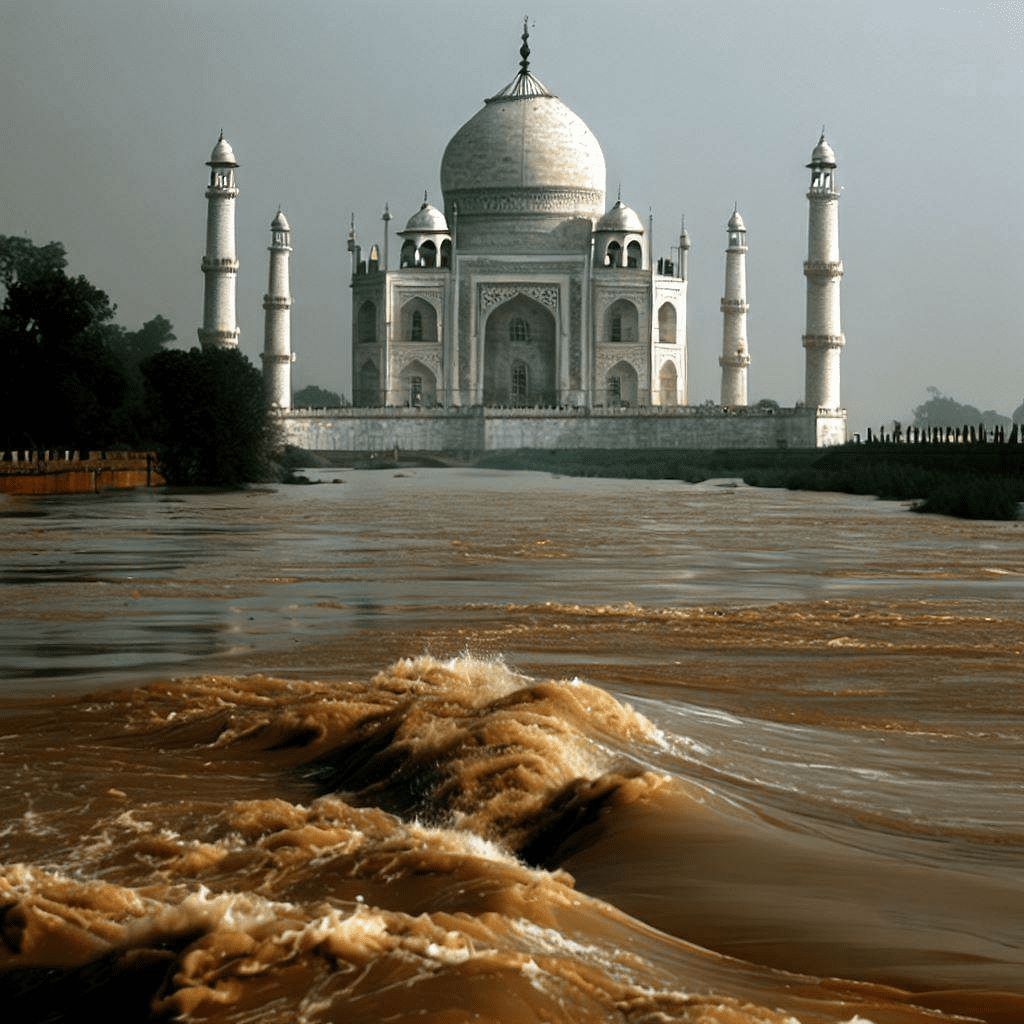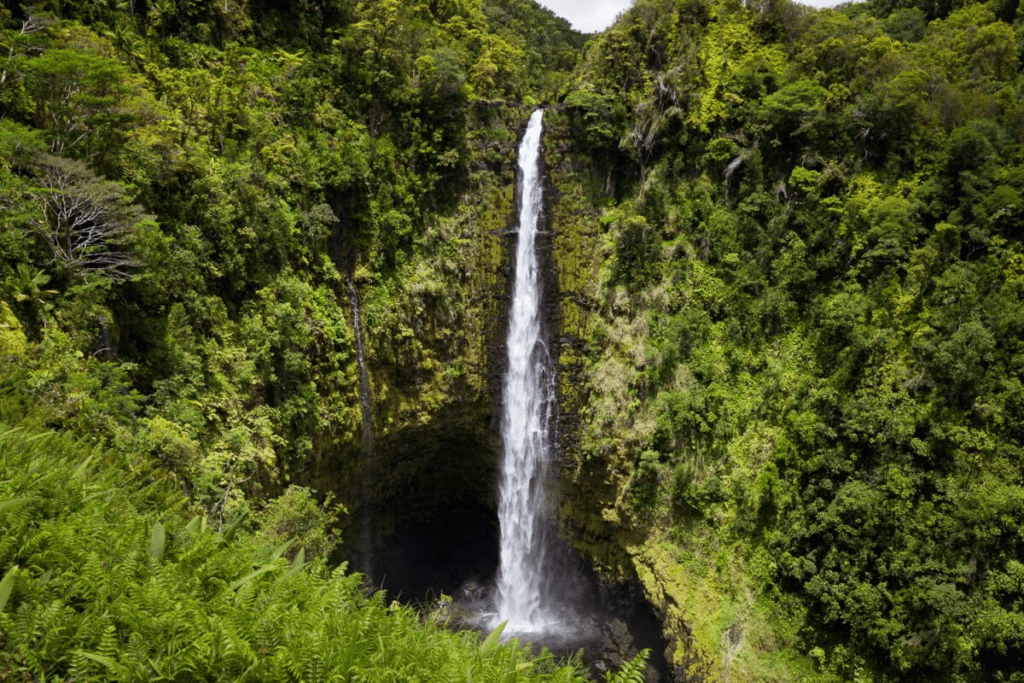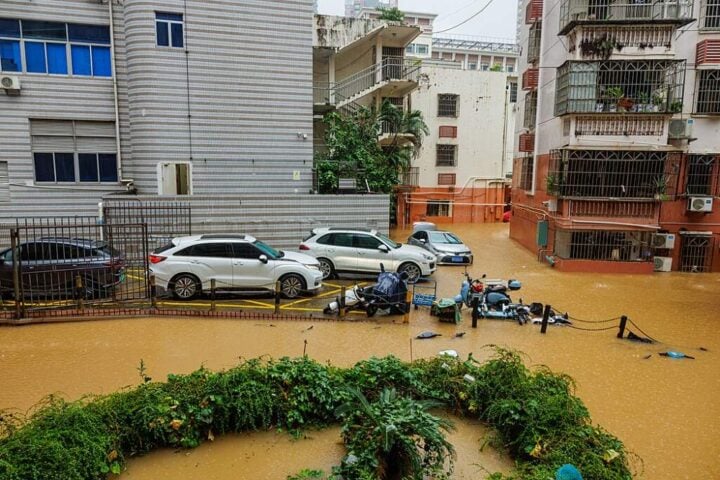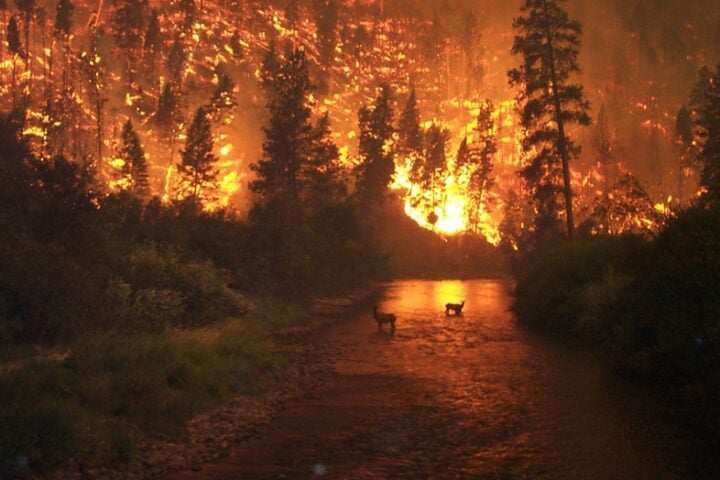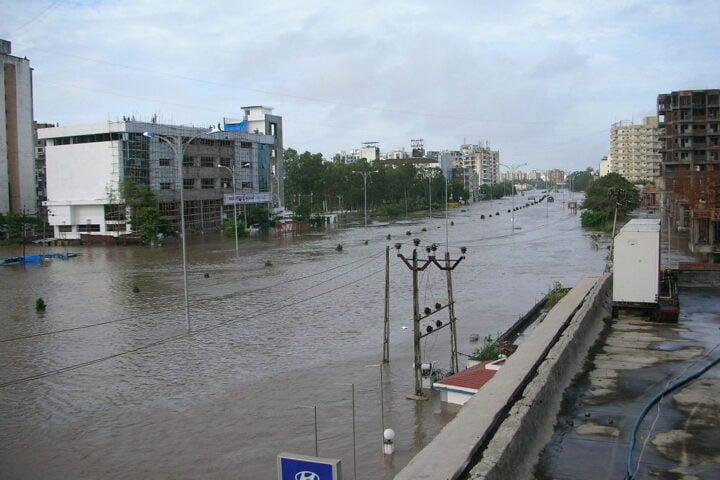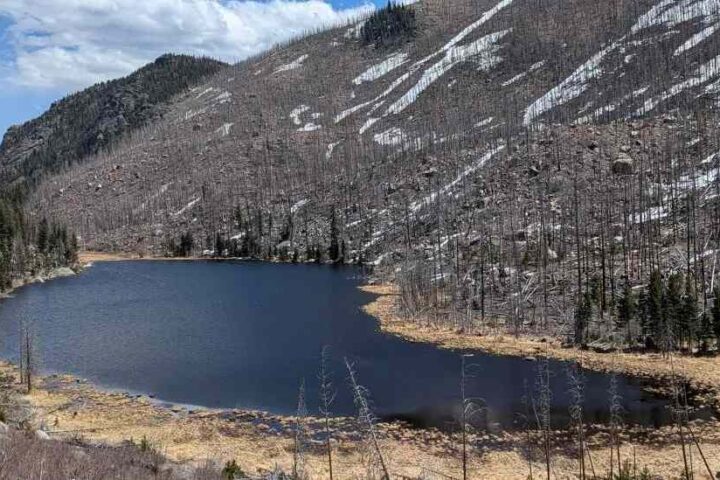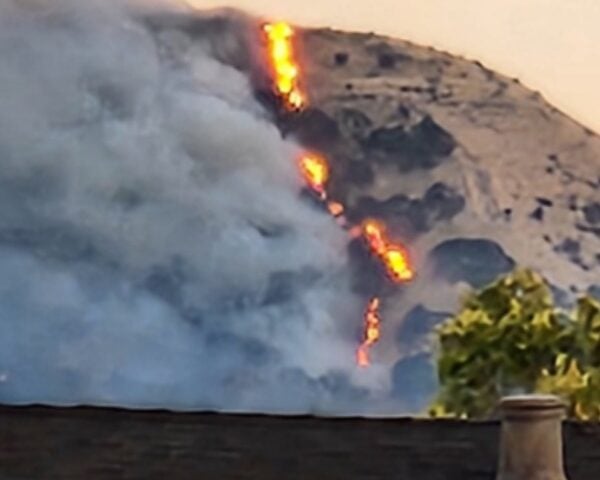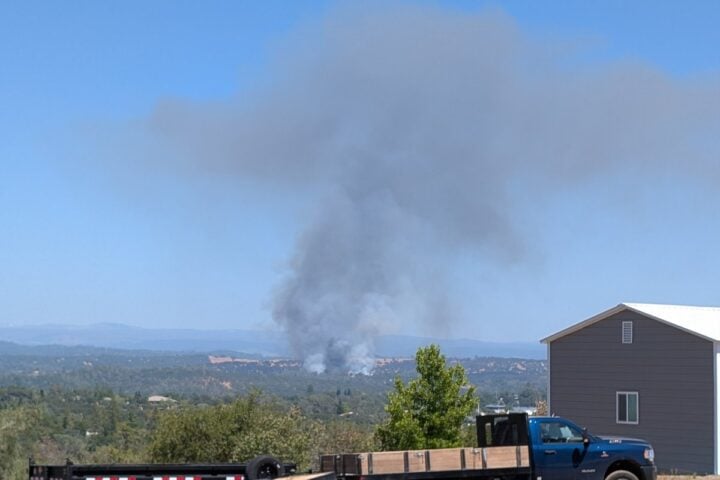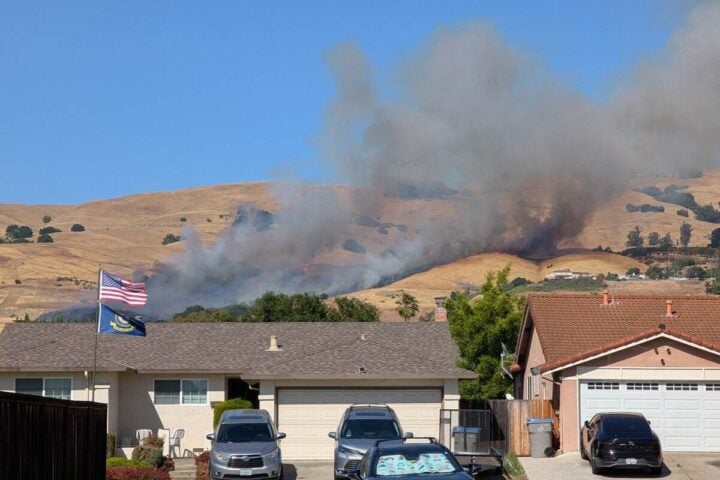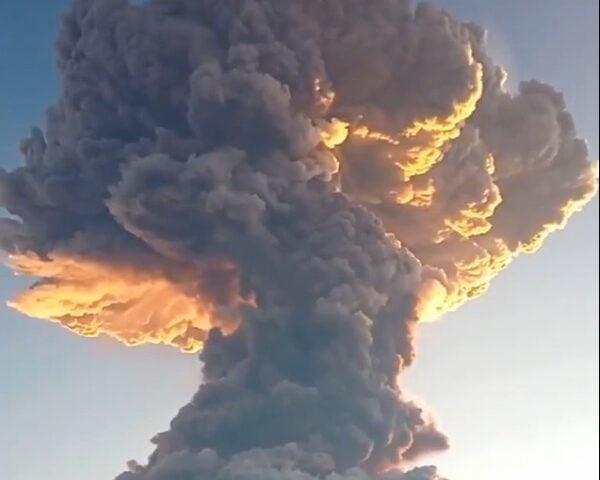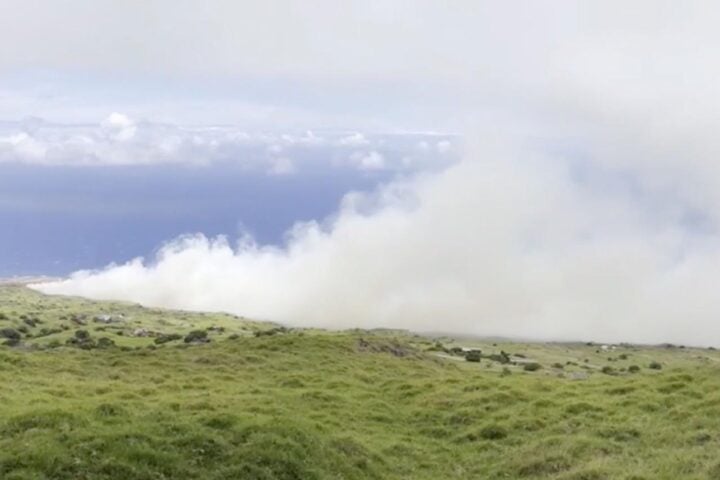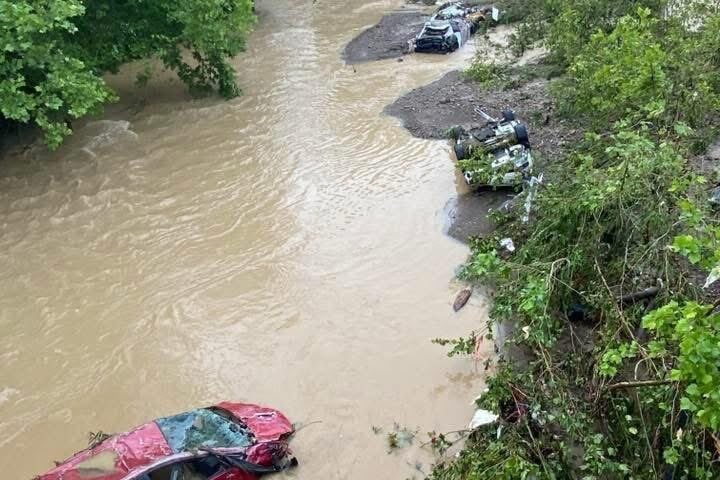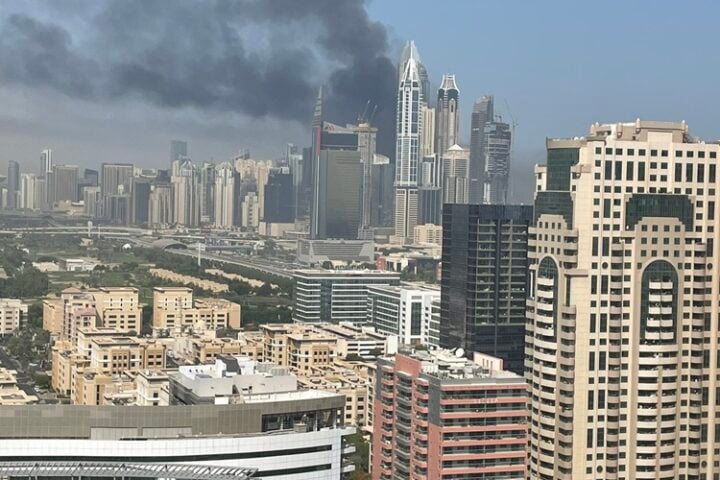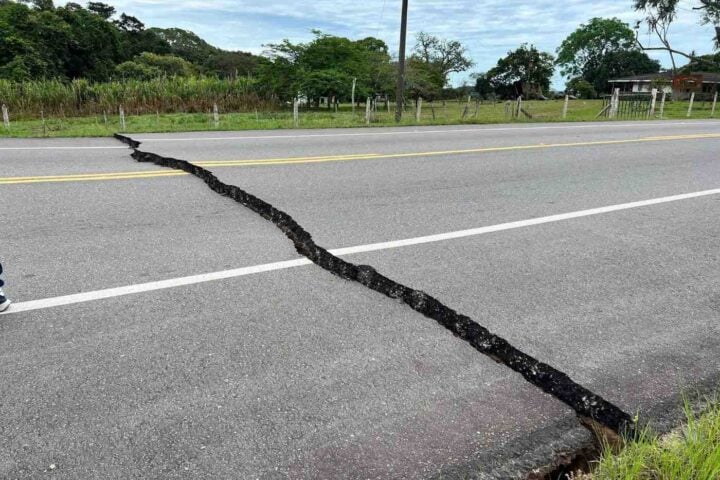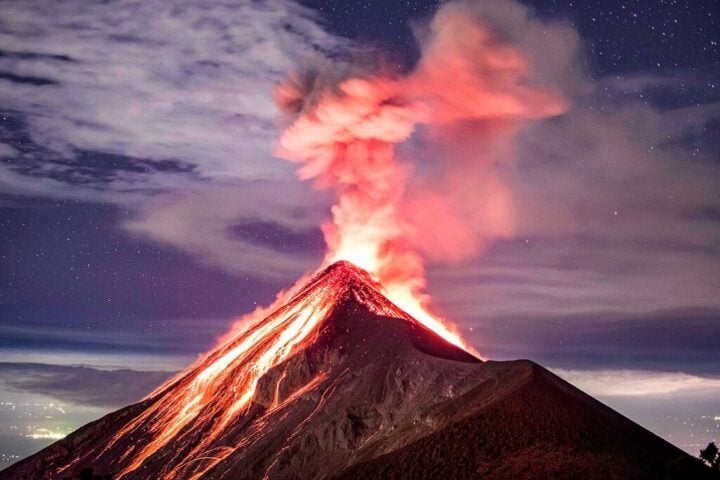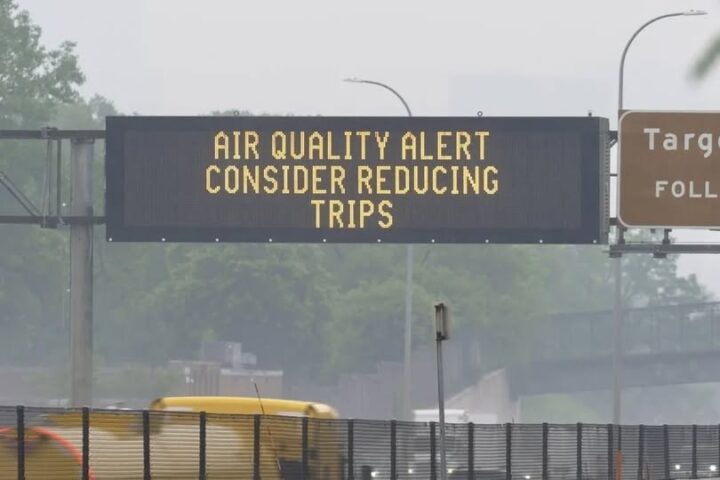The northern region of India is currently grappling with an unprecedented surge in rainfall amidst the monsoon season, resulting in devastating flooding. The historical city of Agra has been particularly impacted, with water levels in the Yamuna River reaching an alarming height of 495.8 feet. This level poses a threat to the age-old splendor of the Taj Mahal.
The river’s drastic rise, the highest since the 1978 flood, can be directly attributed to the 108% increase in rainfall across Uttar Pradesh since June 1. The excessive water has breached the monument’s walls, inundating its extended garden area.
This calamitous scenario revives distressing memories of 1978 when the water inundated the basement rooms and deposited silt in the core of this timeless monument.
Structurally, the Taj Mahal sits upon a Chabutara Farsh on a riverfront terrace, with the mausoleum perched on a broad, elevated platform. It remains protected by its strategic design which includes 42 wells reinforced with Sal wood. However, the current water surge has led experts to consider potential threats to this marble marvel.
The India Meteorological Department (IMD) reports an excess rainfall of 79% in Delhi from July 1 to 18. Yet, this figure is dwarfed by the substantial precipitation levels observed upstream in Himachal Pradesh, Haryana, and Uttarakhand. This data highlights a grim environmental imbalance in the region, which requires urgent attention.
Synthetic Aperture Radar (SAR) images of the region surrounding the Yamuna River reflect the unsettling consequences of the deluge as the monsoon continues. The floodwaters have extended beyond their usual confines, significantly increasing the width of the river, which has had a profound impact on numerous lives.
Similar Post
Cities such as Mathura and Vrindavan are grappling with the expanding fury of the river, leading to a halt in religious practices and severe waterlogging. The situation has been exacerbated by the release of water from the Okhla Barrage in Delhi.
A staggering 1.3 lakh cusecs of water were discharged from the Gokul Barrage on Tuesday, pushing the Yamuna’s water level to 498.90 feet in Agra. As the deluge consumes their habitats, animals are being forced into human settlements. This hydrological catastrophe is threatening not only precious human lives but also wildlife sanctuaries.
Immediate strategic action is required to protect both humans and wildlife and to mitigate the effects of these destructive floods.
The ongoing flooding in northern India, especially its implications for cultural heritage sites like the Taj Mahal, serves as a stark reminder of the escalating impacts of climate change.
Solutions must not only address immediate damage control, but also long-term strategies to ensure environmental resilience.
